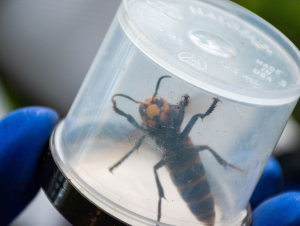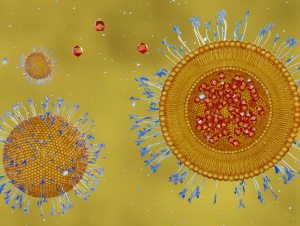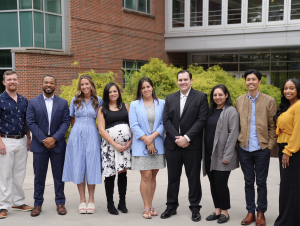To request a media interview, please reach out to experts using the faculty directories for each of our six schools, or contact Jess Hunt-Ralston, College of Sciences communications director. A list of faculty experts is also available to journalists upon request.
Latest News
In fact, every decade since 1984, when satellite recordkeeping of ocean temperatures started, has been warmer than the previous one.
Effective January 1st, Gregory Sawicki will serve as interim executive director of the Georgia Tech Institute for Robotics and Intelligent Machines (IRIM). Sawicki is a professor and the Joseph Anderer Faculty Fellow in the George W. Woodruff School of Mechanical Engineering with a joint appointment in the School of Biological Sciences.
A Georgia Tech professor says eradicating the “murder hornet” will help the U.S. avoid a potential agricultural and commercial disaster.
From helping develop immunotherapies to teaching students, a new open-access database called BioDolphin is providing fresh insights on lipid-protein interactions — a critical component of biochemical research.
The College of Sciences launched its Young Alumni Board, a volunteer-based leadership group that is tasked with deepening the relationship between recent Yellow Jacket graduates and the College. The inaugural Board consists of 13 members who obtained an undergraduate degree from the College within the last 20 years or a master’s or Ph.D. degree from the College within the last 10 years.
The Georgia Tech-led study captures two lizard species adapting in response to competition. The study provides some of the clearest evidence to date of evolution in action.








